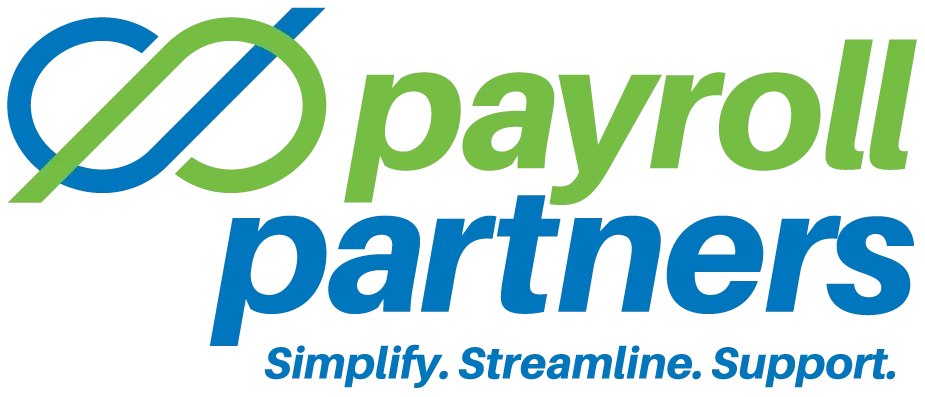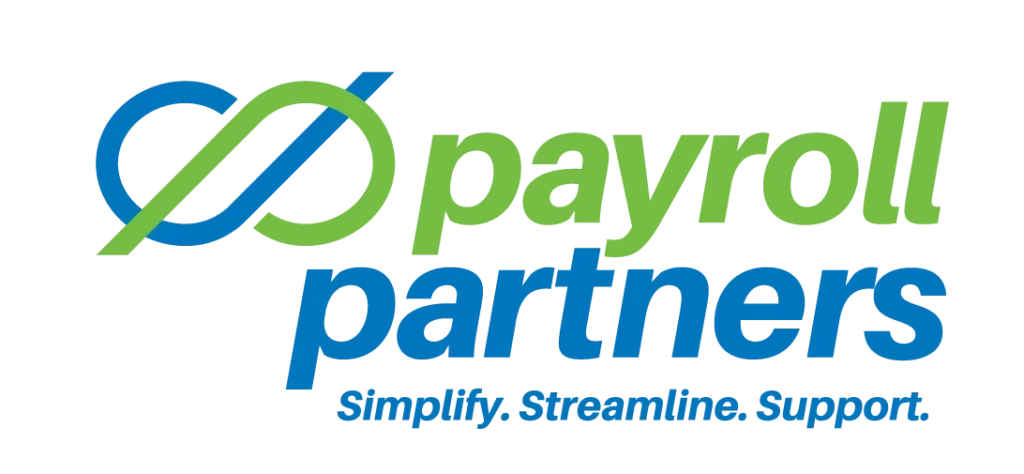For many new grads and other people entering the workforce for the first time, filling out new hire paperwork can be confusing—what’s a W-4, anyway? New employees should ensure they understand their tax situation and do some planning now, so they’re in good shape at tax time next year. It’s important to know the correct amount of tax to withhold.
Get tax withholding right.
Federal income tax is a pay-as-you-go tax. This means, taxpayers pay the tax as they earn or receive income during the year. Employers take out – or withhold – income tax from employee paychecks and pay it to the IRS in the taxpayer’s name.
If an employee doesn’t have enough tax withheld, they may face an unexpected tax bill and a possible penalty when they file a tax return next year. If they overpay or have too much tax withheld during the year, the employee will likely get a tax refund next year. Adjusting the tax withheld up front may mean a bigger paycheck throughout the year.
Form W-4, Employee’s Withholding Certificate.
New employees must complete Form W-4 so that their employer can withhold the correct amount of federal income tax from their pay. Read the instructions carefully. The employer will base the amount of withholding on the information the employee provides on their W-4 and how much the employee earns.
In addition to when they start a new job, people can also submit a new W-4 when their personal or financial situation changes, and they want to update their withholding.
Taxpayers can use the Tax Withholding Estimator.
If a taxpayer isn’t sure how much tax they should have withheld, they can use the Tax Withholding Estimator tool on IRS.gov to:
- Estimate their federal income tax withholding.
- See how their refund, take-home pay, or tax due is affected by their withholding amount.
- Choose an estimated withholding amount that works for them.
To use the tool, taxpayers need their most recent pay statements or estimated salary, other income totals and their most recent income tax return. The tool doesn’t ask for sensitive information such as name, Social Security number, address, or bank account numbers.
Not all workers are employees.
Workers are classified as either contractors or employees, according to certain rules regarding the financial and behavior control the business has over the worker and the type of relationship they have. Workers who are independent contractors need to pay their taxes directly since they won’t have an employer withholding money from their paycheck. Depending on how much they earn, they may need to pay estimated tax on a quarterly basis.
Keeping tax forms in a safe place.
Employers typically send Forms W-2 end-of-year tax documents in January. This is a taxpayer’s record of the income they received throughout the year and the amount of money withheld for federal, state, local and other taxes. Taxpayers should be sure to hold on to all the tax documents received in the year and store them in a safe place to help ensure they can file an accurate 2022 tax return.
More information:
Form W-4, Employee’s Withholding Certificate.
Tax Withholding Estimator
Independent Contractor, Self-Employed, or Employee?
Original content by irs.gov. This information is provided with the understanding that Payroll Partners is not rendering legal, human resources, or other professional advice or service. Professional advice on specific issues should be sought from a lawyer, HR consultant or other professional.

